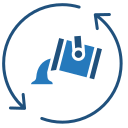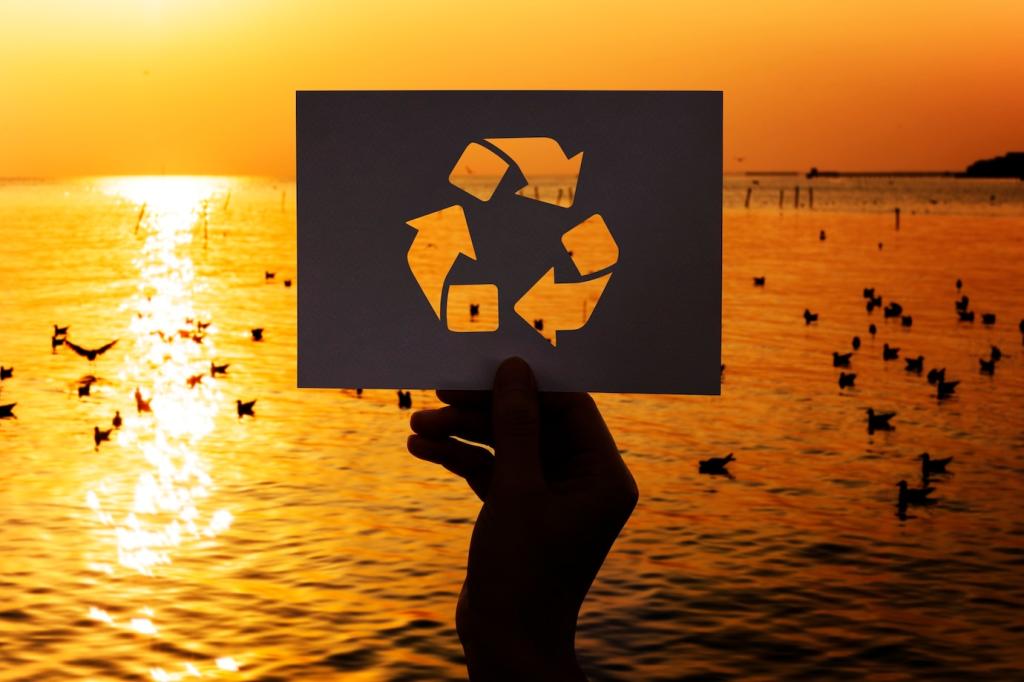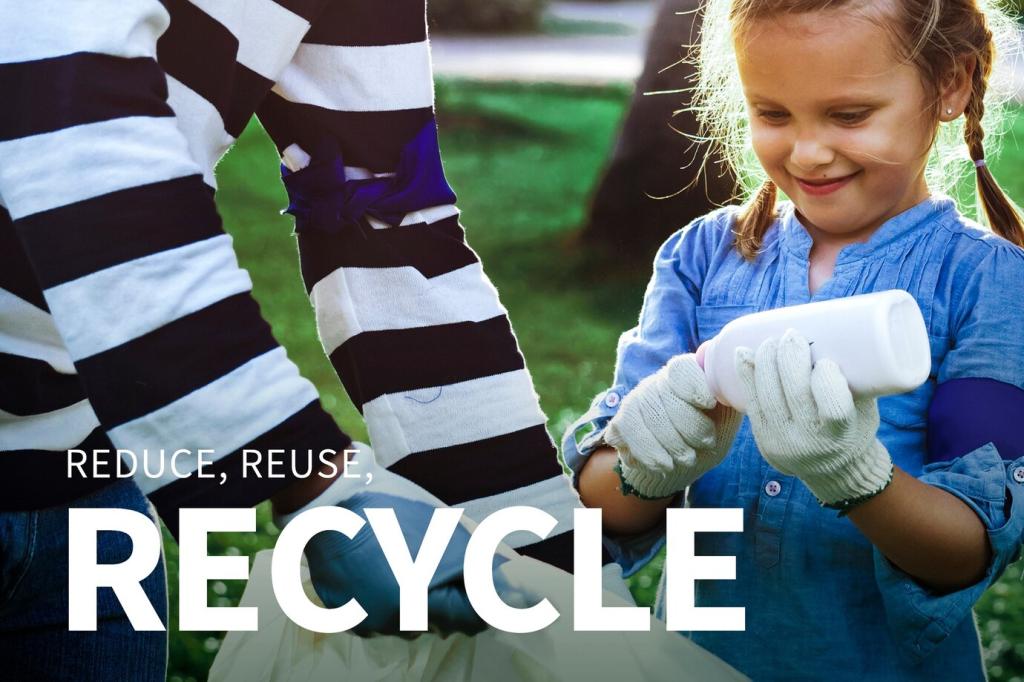Startup Spotlights and Real-World Pilots
A small recycler partnered with a hospital to collect cotton-rich sheets, turning them into high-purity cellulose pulp. That pulp fed a pilot line producing lustrous regenerated fibers. Want more stories like this? Subscribe to our monthly case study series packed with numbers, timelines, and pitfalls.
Startup Spotlights and Real-World Pilots
A city co-op organized neighborhood sorting days using handheld NIR scanners. Their cleaner bales earned premiums from recyclers and inspired nearby towns. Have a community idea to test? Drop it in the comments, and we’ll connect you with readers who can help.




